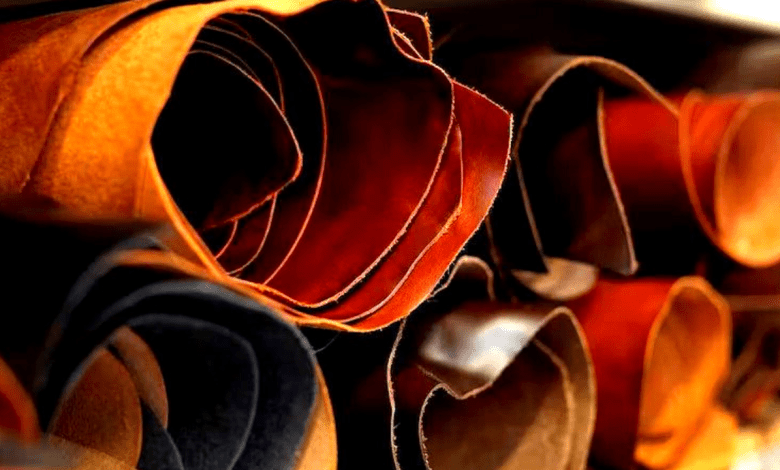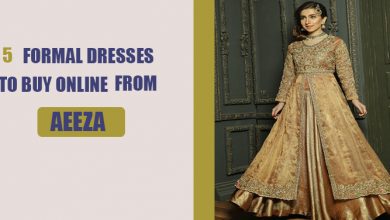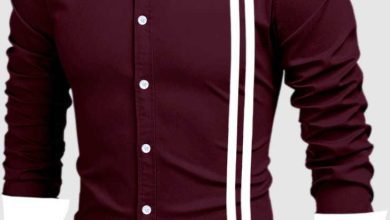Low vs. High-Quality Leather

Leather is a very popular material and arguably one of the most used materials today. This fact is evident in the number of quality leather items available today, and more are manufactured daily. Ever wondered why leather is held in such esteem and why many people fancy these items?
Well, it can only be because of the various benefits it offers and the sublime finishes it allows. However, it is noteworthy that these leathers are not the same, as they vary from each other by type and quality.
Knowing that leather quality vary is one thing; understanding the different qualities and how to identify each is another. Of course, most finished leather products look pretty much alike, whether they are bags or accessories. But they are different, and your knowledge of leather keeps you from buying low-quality items at high prices.
In essence, you will often get stuck with low-quality items if you don’t know how to tell their differences. This article will highlight the different types of leather while highlighting the difference and similarities between low and high-quality leather.
What is Leather, And How is it Processed?
Leather is a strong material made from animal skin or hide. Since “hide” is a term used to classify the skin of larger animals, it is fair to conclude that most leather materials are made of hiding.
The animal skin undergoes a tanning process where chemicals are used to treat and preserve it to be suitable for use. The tanning process transforms the hide from a perishable raw material to a non-perishable one by adding chemicals as preservatives.
The manufacturing process of all leather is somewhat similar, with only the hide and a few details being the only differences. This process is divided into four parts; preparatory, tanning, crusting, and finishing. The preparatory stage is the first and features several steps that prepare the hide for tanning. These steps include soaking, hair removal, bleaching, bathing, liming, and pickling.

The next stage is tanning, and it is often referred to as the most significant in the leather manufacturing process. This is the stage where the proteins in the rawhide are stabilized to increase thermal, microbiological, and chemical efficiency.
The tanning stage also transforms the animal skin from hard putrid material to a flexible one ready for use. In this stage, the hides are placed into a drum containing the tanning chemical, where they are left to rotate for an extended period.
Next, the tanned skin undergoes the crusting stage that thins out and lubricates the leather. It involves a softening and drying operation that includes splitting and shaving the tanned material. Finally, the hide is finished into the premium leather materials we have today through the surface coating, oiling, and brushing. This process increases its lifespan and improves water resistance.
Types of Leather
While leather has some general qualities that set it apart from other materials, it also has specific features that differentiate it into different types. The different types of leather include;
- Top-Grain Leather: This is the leather of best quality, and it is made from the outermost layer of the animal skin, known as grain. This layer consists of denser and finer fibers responsible for strength and durability. Top-grain leather is processed naturally, with only a minimal amount of chemicals.
- Full-Grain Leather: This leather type is a cut of the top grain but consists of the entire grain layer. It is sometimes considered a class under top-grain leather, as it shares its strength and durability. This leather is mainly utilized for producing footwear due to its sturdy nature.
- Split Leather/Suede: Split leather is a product of the corium left after the grain has been separated from the hide. This corium, known as the drop split, can be split further into a middle and flesh split during the manufacturing process. Examples of split leather include suede and patent leather, which are used for manufacturing footwear, leather bags, fabrics, etc.
- Genuine Leather: This leather is also made from split hide, but it undergoes a more extensive manufacturing process. It is slightly similar to suede but is of lower quality, making it less durable.
- Bonded Leather: This leather type is often referred to as reconstituted leather, and it is made from a combination of leather scraps and other materials like latex or rubber. The materials undergo a shredding and bonding process that combines them into a fine finish. Bonded leather is the lowest quality, and it is used for furniture production, bookbinding, fashion accessories, etc.
Low vs. High Quality Leather
There are different types of leather, but they are most likely only classified into two when you want to buy your favorite leather products; low quality and high quality. If you are not new to using leather items, you must have come across a few low-quality kinds of leather in your ordeals. You may not know this, but low-quality leather items do not last long.
The most significant difference between both is their durability. While low-quality tends to either cut, scratch, or dent easily, high-quality leather will pass for an extended period without suffering any damage. Here are some ways to identify high-quality products from low-quality ones.

- Grade: The most accurate way to recognize quality leather is by type. If you can identify the different types of leather, then you know that the best quality is full-grain leather. It is closely followed by top-grain, while genuine and bonded leathers are of lesser quality.
- Appearance: Since leather is made from natural animal skin, it is bound to have some blemishes. If you see a smooth leather product without imperfections, then you are looking at low-quality leather.
- Texture: If the appearance does not convince you, you can feel the leather to identify its quality. Leather is expected to be soft, but quality leather will not be perfectly smooth. High-quality leather feels like skin, while low-quality leather is smooth like plastic.
Conclusion
Leather has always been manufactured in different grades and quality, and they are ofte6 utilized for different purposes. However, you may want to prioritize quality when shopping for the best leather products, especially when buying it as a gift, and this article has highlighted how to identify low and high-quality leather.





